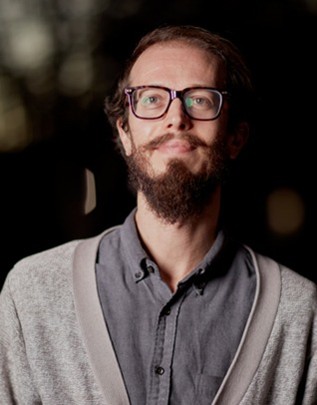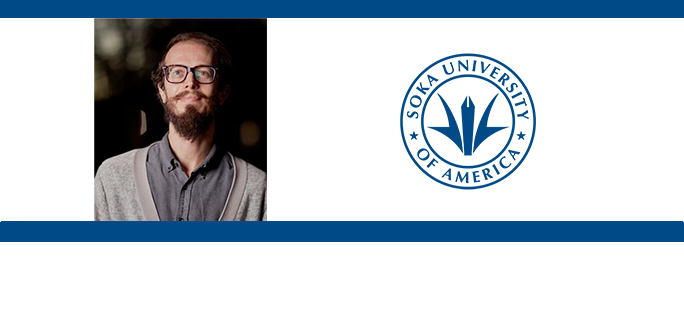 On Soka University Week: Colleges are closing across the country, so what happens next to the spaces they occupied?
On Soka University Week: Colleges are closing across the country, so what happens next to the spaces they occupied?
Ryan Allen, associate professor of comparative and international education and leadership, looks around to find answers.
Ryan M. Allen is the Associate Professor of Comparative and International Education and Leadership in the Educational Leadership and Societal Change Program at Soka University of America. His research centers on internationalization of higher education, EdTech, intersections between education and urbanism, and the East Asian region. He has published in numerous academic publications and popular outlets such as his most recent co-edited volume entitled Online Teaching and Learning in Higher Education during COVID-19: International Perspectives and Experiences (Routledge, 2021). He is the current host of the KIX E-MAP Podcast, where he interviews scholars, policymakers, and educators on national development on the Europe, Asia, Pacific regions. Dr. Allen holds a PhD in Comparative and International Education from Teachers College, Columbia University, an MA in International Relations from Yonsei University (Seoul, South Korea), and a BA in Public Relations from the University of Central Oklahoma.
Beyond the Numbers of Dead and Dying Colleges
Audio Player
Truly an eye-popping number of universities or colleges have closed over the past few years, at a rate of roughly one closure per week. They are closing all over the US, not just in rural spaces or the rust belt, but also in urban areas and the high price coasts. I’ve embarked on an ethnographic road to visit as many closed or closing universities as I can. I’m up to 30 now from across the country.
Sometimes the visits feel like I’m exploring the ruins of a forgotten civilization.
Once the students are gone, animals and nature slowly return. At Urbana University in Ohio, I stumbled on a herd of deer grazing. Alone and at sunset, the herd was a majestic sight.
Plants, too, thrived without lost freshmen late for class making desire paths across the grass. I’m reminded that the grounds crews are the unsung heroes of higher ed.
Other campuses were more akin to funerals or graveyards, with somber community members morning the loss of their beloved institutions. At Wells College, I was fortunate enough to join a small group of alum and former staff for one final tradition of ringing the dinner bell before the 156 year old college shuttered for good.
But the closures were not all dreary. Nope. Some had hope. Hope that the spaces could live on and continue the mission in new and exciting ways. Like Medaille University in Buffalo N.Y. that was being transformed into a charter school, or St. Gregs in Shawnee, Oklahoma, where I arrived to find volunteers from across the state cleaning up the campus after a heavy storm, ready to reimagine the space anew.
Through this research, I want to humanize the closing colleges, digging deeper behind the numbers to understand the students, faculty, staff, and the broader community left behind.
Read More:
[Inside Higher Ed] – A Road Trip to Dead and Dying Colleges

